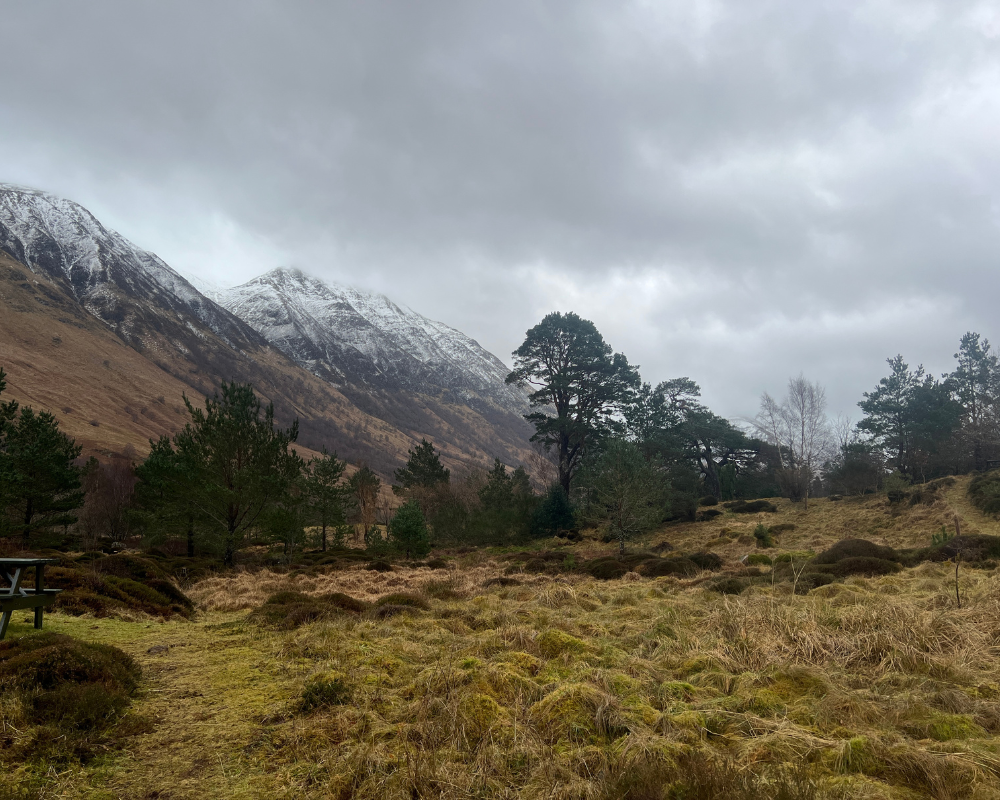
Is the Wilderculture Approach just Rewilding?
Is the Wilderculture Approach rewilding? No, but rewilding can be integrated into the wilderculture Approach if it’s part of the landowners’ aspirations.
The Wilderculture Approach uses the ROOTED framework, which is a regenerative design framework that helps build bespoke plans for unique contexts.
The Wilderculture Approach specialises in upland, marginal land and Island contexts, where there is often a mixture of habitats, important cultural considerations, and challenging elemental conditions. This is generally on land that has lower food production potential than lowland farms or estates.
That said, in the Wilderculture approach, we aim to create regenerative plans that are economically viable without being so heavily reliant on environmental subsidies and grants. Being reliant on so-called ‘paper money’ can lead to landowners becoming dependent on unreliable forms of income, creating a business model that lacks resilience. Being led by environmental payments and grants can also lead to long-term landscape changes that are not necessarily balanced or sustainable in terms of the global context of nutrition security.
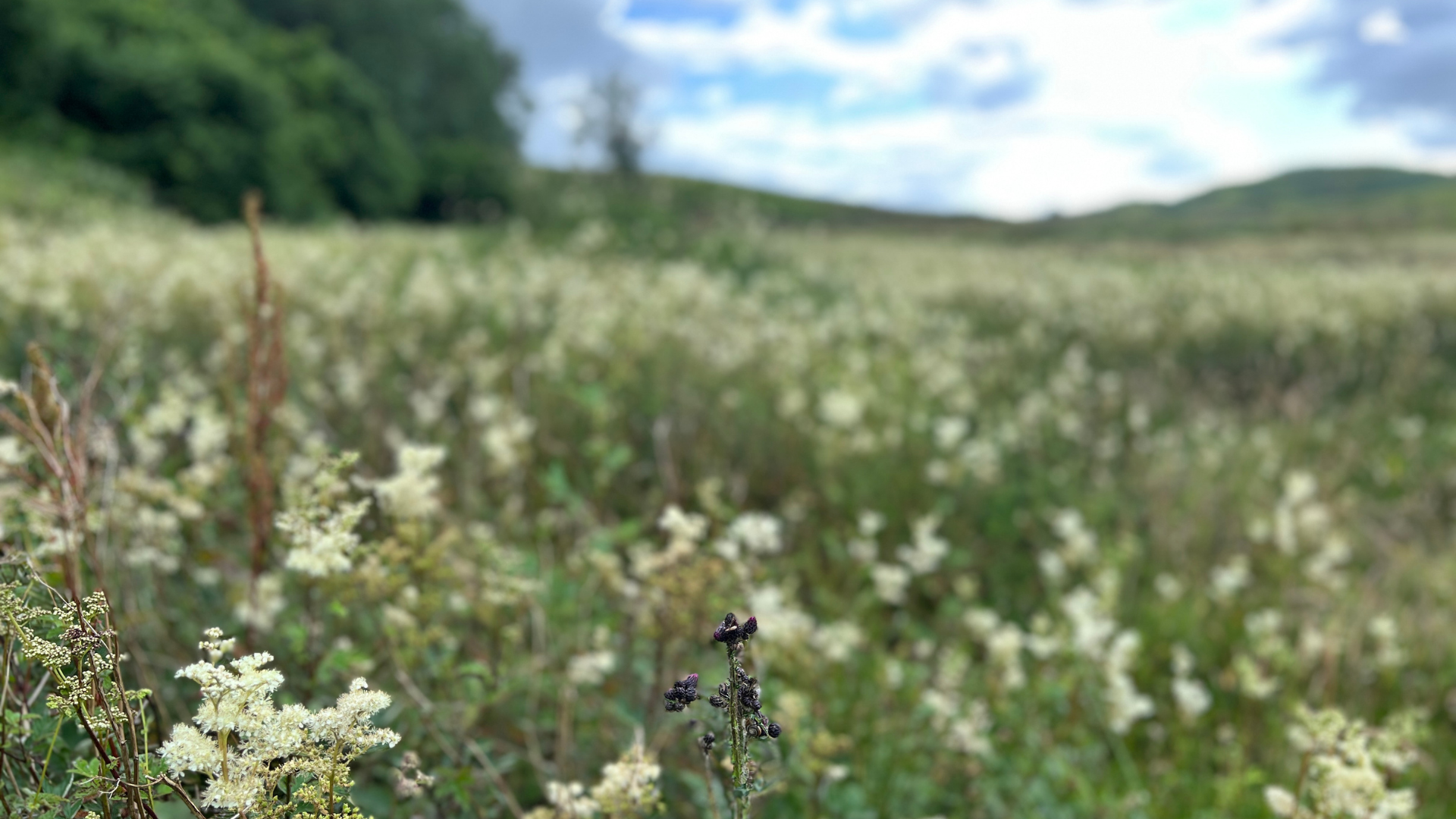
In an upland context, creating a resilient, profitable plan often means developing a low-input, profitable regenerative pasture-based livestock operation and or rough/walked-up/diverse species shooting business.
We must remember that in regenerative livestock systems, there is no trade-off between environmental outcomes and regenerative livestock production. The livestock are part of a system actively regenerating soil health, biodiversity, and hydrology.
Our Approach uses training, context development, and regenerative design to create unique regenerative plans tailored to your environment, social requirements, and economic needs.
We first train landowners and their teams in the Principles of Regeneration and then conduct a series of mapping and scoping exercises to develop the best possible plans based on their farm’s landscape challenges and opportunities.
We think about landscape design strategically so that it can both be ecologically regenerative and economically viable. Rather than simply categorising what habitats are present and managing them in that state – regardless of their current condition or ecological value – we use a holarchy of regeneration where we encourage landowners to consider the different levels of regeneration that might be appropriate on their site.

Definition of a holon.
A holon is simultaneously a whole in and of itself and a part of a larger whole. In other words, holons can be understood as the constituent parts–wholes—of a hierarchy.
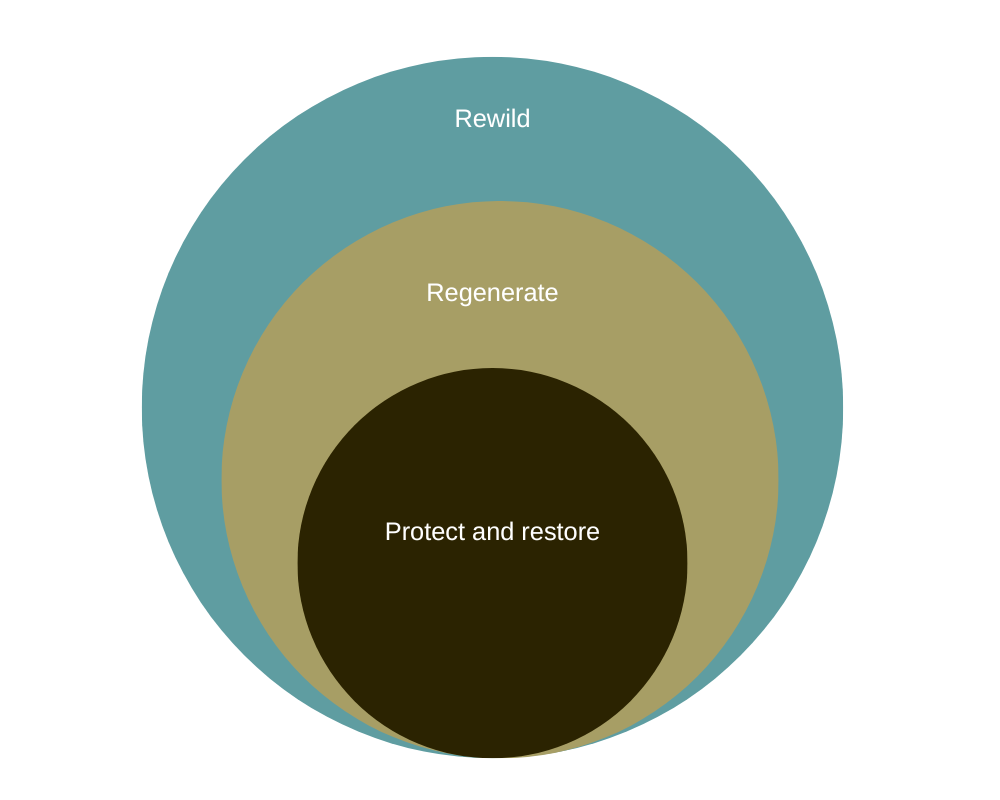
Protect and Restore
Protect and restore rare and important habitats, species, and specimens. Remove and reduce invasive and non-native species.
Ensure we capture and retain the epigenetic expression of the genetic stock of rare native flora and fauna and the microbiome of habitat fragments.
Restore Important habitats and species that are missing from the landscape or are in unsustainable numbers/ unviable situations such as disconnected and isolated pockets.
Plant trees and native plants and re-introduce limited or missing wildlife in the landscape to build the foundations of an ecologically functional whole system.
Retain important elements of the cultural heritage that are fit for the future and have the capacity to improve the landscape and our lives. Examples are properly managed grazing using traditional breeds of livestock, mixed organic farming using heritage species of vegetable and grain, hay meadows and field barns, traditional deer stalking, walked-up rough shooting, traditional breeds of livestock that fit the environment, and traditional buildings that could have a useful function or be adapted to take on a new role.
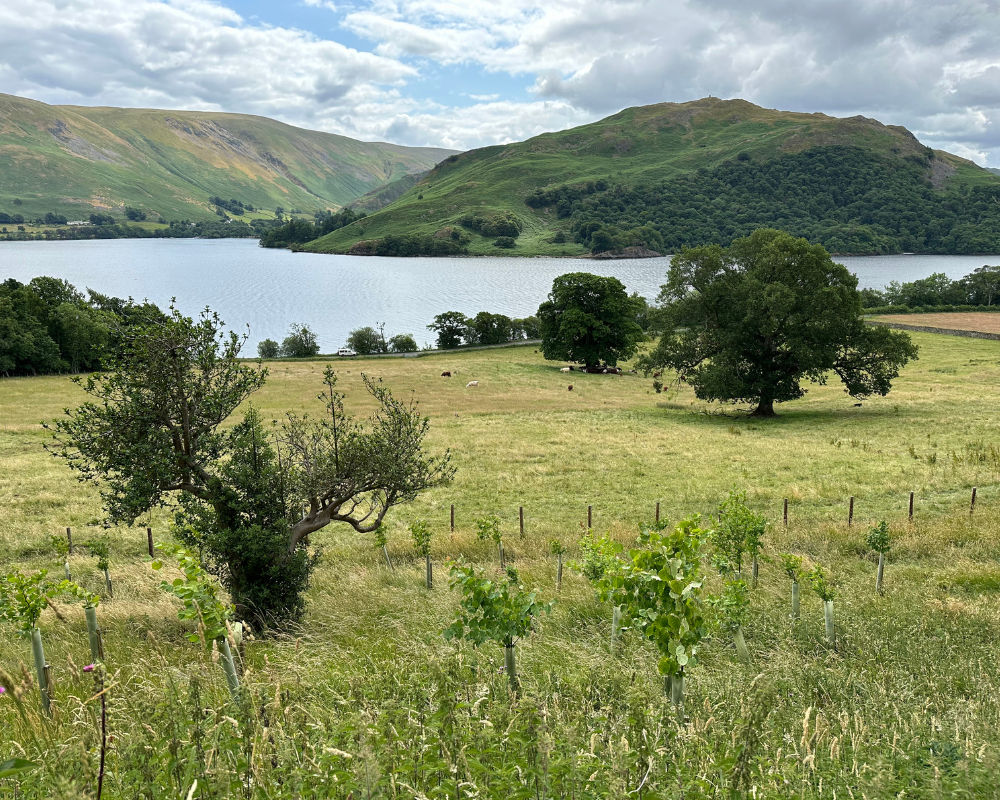
Regenerate
In areas that have been agriculturally improved and are not considered nationally or internationally rare, design and implement context-appropriate regenerative agriculture techniques to build soil, increase biodiversity and slow the flow of water through the landscape.
Regenerative farming techniques could include no-dig vegetable and/or forest gardening, agroforestry orchards, silvopasture, regenerative livestock grazing, and/or silvoarable regenerative mixed farming adopted in the appropriate zones radiating out from the farmstead.
Create resilient economic regeneration through solar-based income streams that support the development of a decentralised localised food system and or year-round eco-tourism.
Create secure skilled employment opportunities or share farming partnerships to support the cultural regeneration of local rural communities and skills. Consider small-scale regenerative settlement development projects that utilise existing or heritage housing stock and are supported by holistic cultural plans rooted in place.
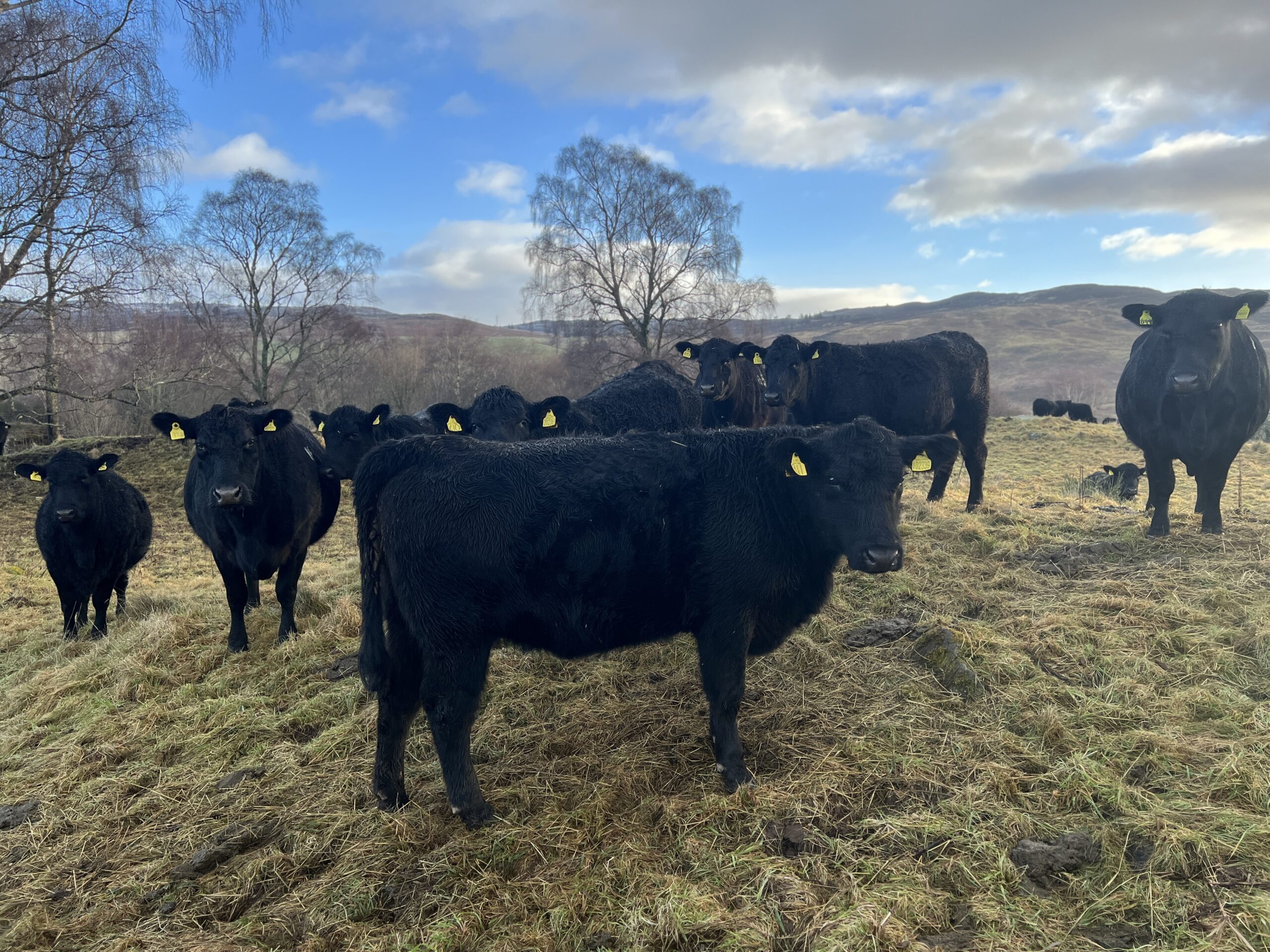
Rewild
In the areas that do not lend themselves to active regenerative management, such as moorlands, bogs, large woodlands, flood plains, and mountain tops, consider reinstating natural processes. Reconnect rivers with their floodplain where appropriate. Re-introduce missing keystone species such as beaver, pine marting and wildcats in conjunction with local wildlife specialist organisations and include naturalistic cattle and pony grazing using collars to mimic the predator-prey relationship.
Work with neighbouring landowners to explore landscape-scale restoration opportunities and address the root causes of problems such as high deer pressure, predator persecution, invasive species control, and open access.
Encourage staff and visitors to learn about, value and spend time in wilder spaces to develop tolerance and desire for a more dynamic and untamed landscape that can harmonise with regenerative and native zones to create whole functional landscapes adapted to place.
Landscape Level Regeneration
The ultimate end goal of using this holarchy of regeneration is that we could – if everyone adopted this approach – end up with a healthy ecologically functional UK landscape made up of a range of different farms and estates, each with a unique regenerative context.
Each farm will be not only be operating productive regenerative agricultural operations but protecting and restoring internationally important habitats and species. They will be financially independent and managing their business in a way that suits the hard working families involved as well as producing healthy nutrient-dense foods to support healthy communities.
Not only will each farm become resilient and regenerative but this approach will also ensure that nature will become connected up at landscape level with wilder corridors and areas of self-willed natural function.
To learn more about the Wilderculture approach, sign up for our mailing list.


No Comments